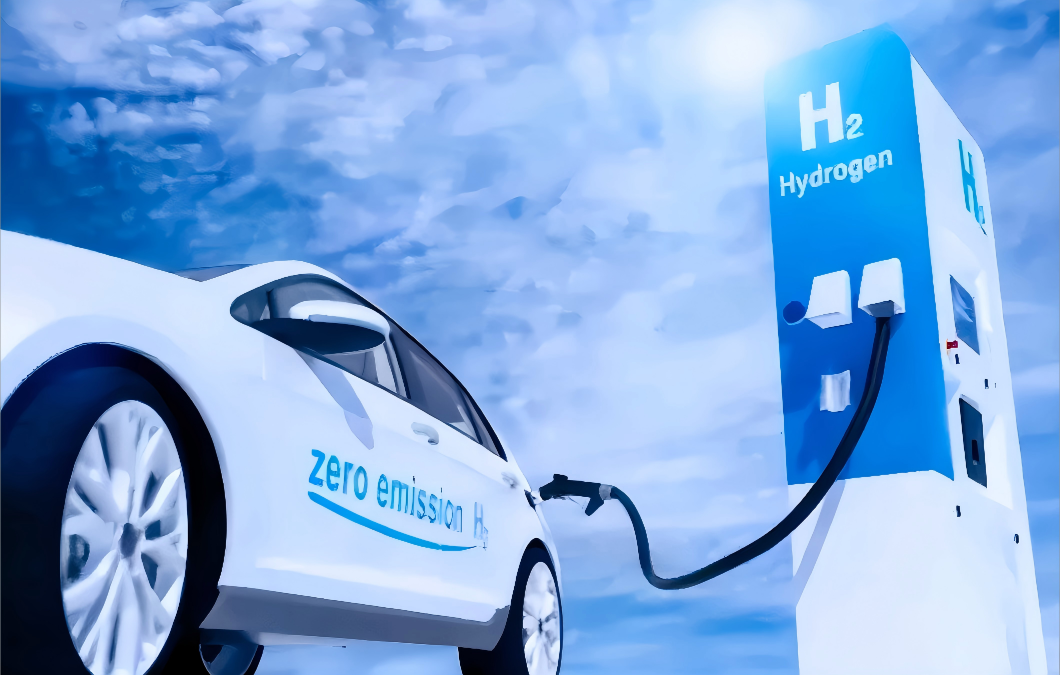Fuel Cells Regional Deployments & the Road Ahead

fuel cell
Fuel Cells Regional Deployments & the Road Ahead
Regional Case Studies
Asia
China
Green Hydrogen Target: Under the Hydrogen Industry Medium- and Long-Term Development Plan (2021–2035), China aims to produce 100,000–200,000 tpa of green hydrogen by end-2025.
CHEE2025 Expo: The 4th Hydrogen Energy & Fuel Cell Expo in Beijing (March 26–28, 2025) attracted over 1,000 exhibitors and 60,000 professionals, covering the full hydrogen value chain.
Renewable Share Growth: Green hydrogen’s share in China’s hydrogen mix is projected to rise from 1% (2019) to 10% by 2030.
Japan
Market Scale: Valued at USD 451.5 million in 2024, with an expected CAGR of 15% to USD 1,592.3 million by 2033, driven by the Basic Hydrogen Strategy and robust subsidies.
Residential FCEV Systems: ENE-FARM home fuel cells have reached over 400,000 installations, supporting decentralized power generation and heat.
Commercial Vehicle Subsidies: METI allocated JPY 14.7 billion to Honda and JPY 11.2 billion to Toyota in December 2024 to scale production for fuel cell trucks as part of a JPY 170.8 billion fund.
South Korea
Bus Deployment Goal: The Ministry of Environment plans 21,200 hydrogen buses by 2030, representing 25% of metropolitan fleets .
Hyundai Ulsan Plant: Construction of a domestic hydrogen fuel cell plant in Ulsan commenced in 1H 2025, targeting mass production by 2028.
New Bus Models: Doosan Fuel Cell will introduce next-generation hydrogen buses mid-2025 to support fleet renewal.
Europe
Wrightbus Expansion: Committed £5 million to develop a 1,000 km-range hydrogen coach by 2026 and secured deals to build over 1,000 zero-emission buses, driving scale in public transit.
JIVE 1 Deployment: The JIVE 1 initiative deployed 131 hydrogen fuel cell buses across Europe, showcasing cross-border collaboration.
Hydrogen Technology Expo Europe: Scheduled for October 2025 in Hamburg, gathering 1,000+ suppliers to advance European supply chains .
North America
National Hydrogen Roadmap: The 2023 DOE strategy targets 10 MMT of clean hydrogen production by 2030, scaling to 50 MMT by 2050 to meet decarbonization goals.
Federal Funding: In November 2024, DOE awarded up to USD 2.2 billion to regional clean hydrogen hubs on the Gulf Coast and Midwest, supporting electrolysis, CCS, and renewables.
FuelCell Energy Q1 2025: Reported revenue of USD 19.0 million, a 14% increase year-over-year, reflecting growth in generation and advanced technologies contracts.
Hydrogen Trucks Market: North America’s hydrogen truck segment reached USD 139.7 million in 2024 and is projected to grow at a 44.6% CAGR to 2034, led by heavy-duty applications.
Innovations & Future Outlook
Aviation Breakthrough: Bertrand Piccard leads the Climate Impulse project, aiming for a nonstop, nine-day global flight in 2028. The aircraft will use super-cooled liquid hydrogen, demonstrating hydrogen’s potential in aviation.
Decarbonization Pathways: Ongoing research enhances electrolysis efficiency, reduces catalyst costs, and improves hydrogen storage materials. At the 2025 Hydrogen and Fuel Cell Seminar, Toyota promoted standardizing hydrogen fueling protocols. This collaboration reflects a growing industry consensus on the need for unified infrastructure and practices.
Applications & Challenges
Key Applications: Urban transit, long-haul trucking, distributed power, microgrids, backup power, and aviation prototypes.
Primary Challenges:
Production Cost: Green hydrogen remains 2–3× costlier than gray hydrogen, requiring $1/kg “Hydrogen Shot” targets.
Infrastructure: Limited refueling stations constrain FCEV adoption; strategic hub funding and bus deployment targets aim to bridge gaps.
Regulatory Support: Stable policy incentives (tax credits, subsidies) are critical to de-risk capital-intensive projects.
Conclusion
Fuel cells lead the clean-energy shift, providing zero-emission power for transport, stationary, and aerospace sectors.
Global markets advance with ambitious goals and demonstrations. However, commercialization depends on cost reduction, infrastructure expansion, and cohesive policies.
Regional strategies vary: China focuses on green hydrogen, Europe on transit systems, and the U.S. on a national roadmap.
The next decade will test fuel cell scalability. Innovations like Toyota’s 3rd Gen FC and Piccard’s Climate Impulse aim to set new standards.
fchea.org
With continued innovation and collaboration, fuel cells can help achieve carbon neutrality and transform global energy supply.
